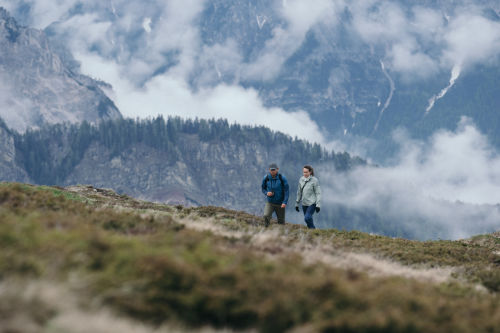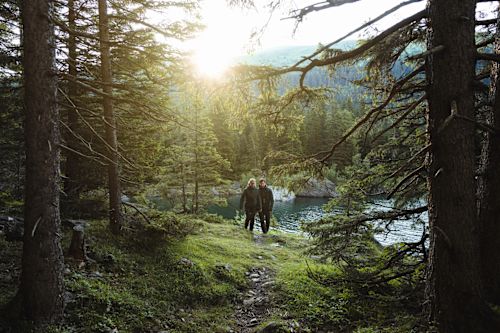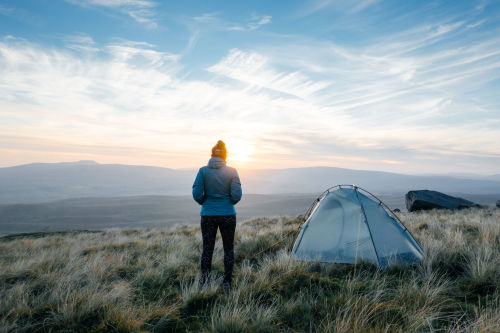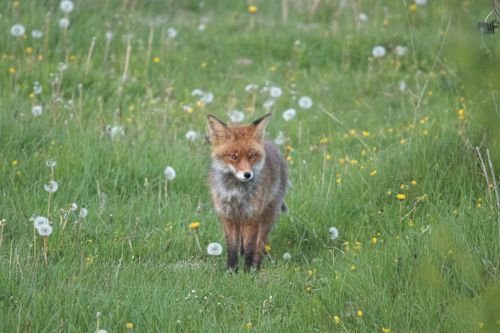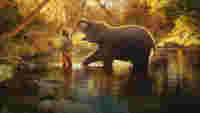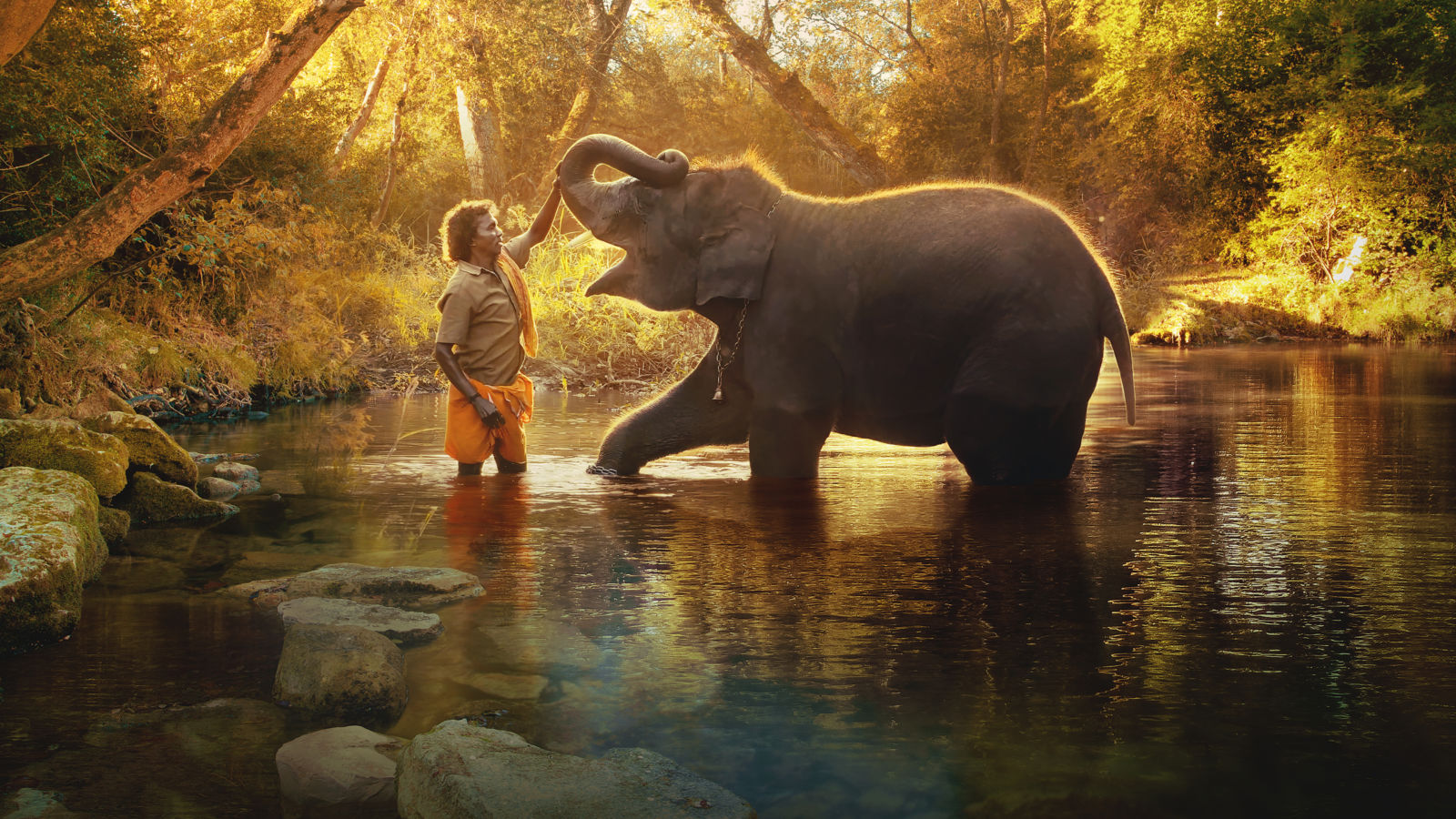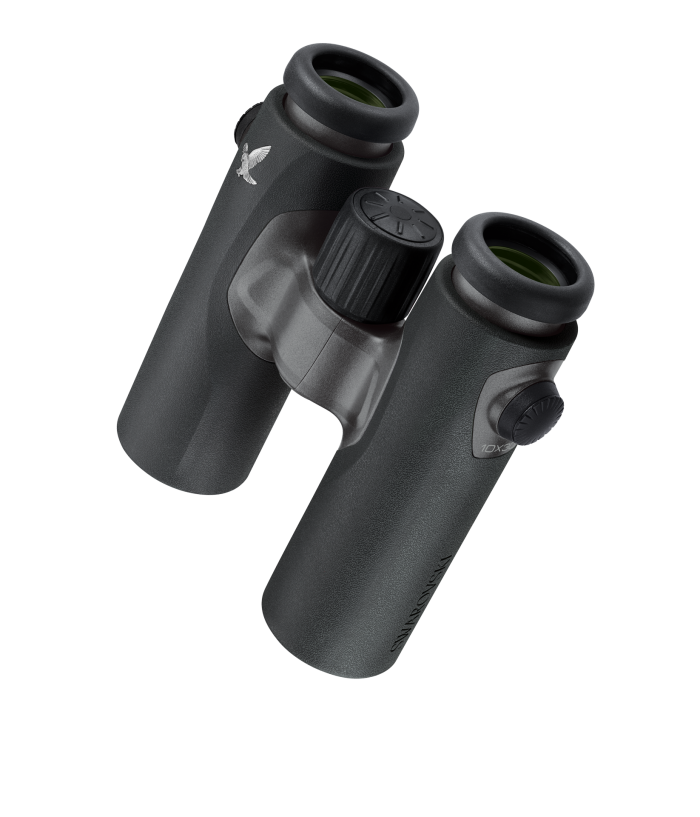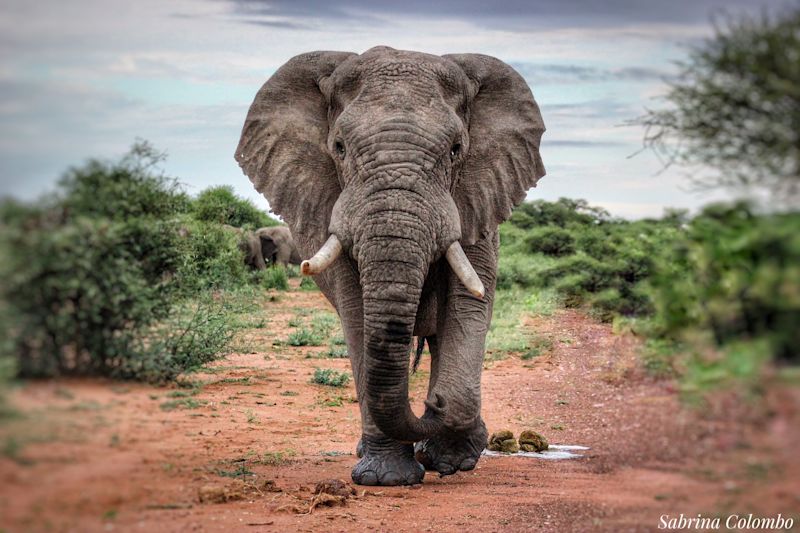In our interview, Kartiki Gonsalves, director of the Netflix wildlife documentary “The Elephant Whisperers”, talks about her inspiration to become a filmmaker, her protagonist “Raghu”, and how wildlife documentaries can contribute to nature conservation.
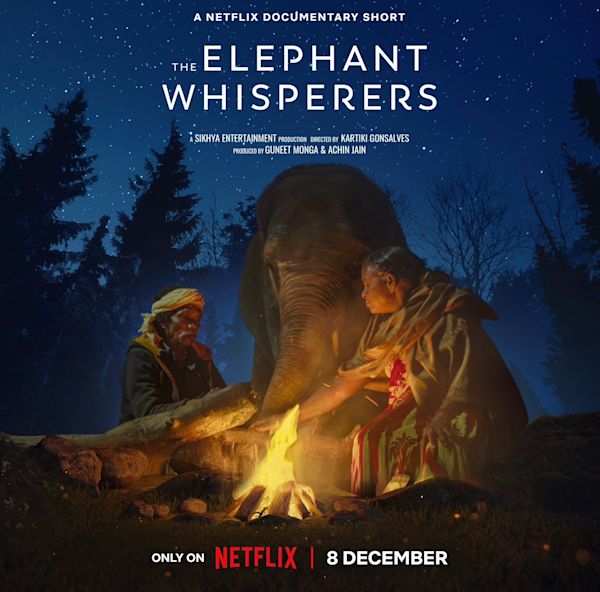
Behind the scenes of a wildlife documentary
Kartiki, when did you know that you wanted to become a director of wildlife documentaries?
I’ve always loved observing my natural surroundings. I was introduced to nature before I could talk. My parents would put my sister and me into backpacks and head out to explore the natural world. My mother was especially interested in animals, my father was a photographer, and my grandmother was an amateur naturalist who guided school children through local nature reserves. So, I had a lot of information provided both on nature and on how to photograph it.
(photo credit: Netflix A still from ‘The Elephant Whisperers’)
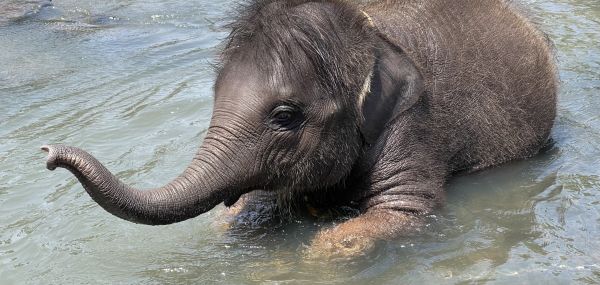
Behind the scenes of a wildlife documentary
What is necessary to plan a wildlife documentary?
You have to go all the way from getting filming permits, to checking for the best time to film a specific species, to organizing the right equipment for the terrain. You also need to consider aspects like “Do we need to have lighter gear for quickness when filming with certain animals that move fast?” or “What do we need while working with almost static, slow-moving animals?”. However, the most important point is to get to know your subject.
The best way to do so is to sit perfectly still for hours and just watch the animals. As a SWAROVSKI OPTIK nature explorer, I used my CL Companion binoculars to spot the animals and then film or photograph them. The light weight of these binoculars was a great advantage during long observation sessions.
(photo credit: Kartiki Gonsalves)
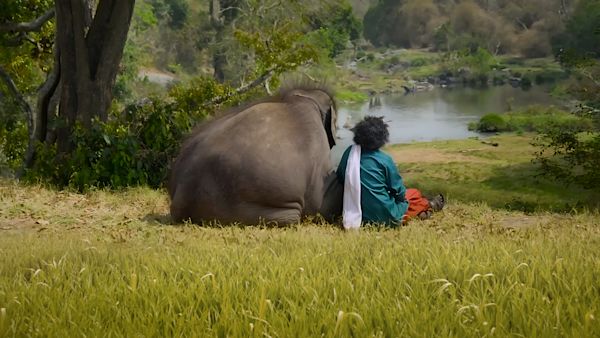
Behind the scenes of a wildlife documentary
Could you give us a summary of your documentary “The Elephant Whisperers”?
The documentary “The Elephant Whisperers” is an emotional drama that focuses on the raising of an orphaned baby elephant and the strong bonds he forms with the human community that nurtures and trains him. It also looks at the ways in which tribals have coexisted with elephants for centuries. Humans and elephants share so many traits of intelligence, strong social bonds, humour, play, grief, etc.
The wildlife documentary “The Elephant Whisperers” has been released on Netflix on December 8th, 2022, featuring ten different languages.
(photo credit: Netflix A still from 'The Elephant Whisperers')
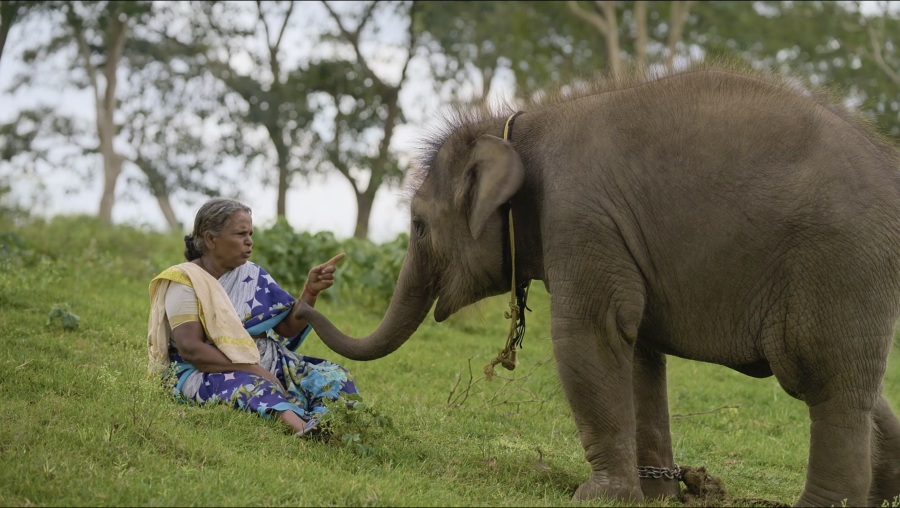

At the end of the day, you are dealing with a wild animal that acts entirely on its own terms. To tell a true documentary, you need to be patient and just exist with the wild animal. It is very unlike a fiction film, where you can follow a certain plan. There were days when the elephant was sick, or when he just didn’t feel like doing anything and you just had to be around and film. You can never tell when something will happen. At the end, it took me five years to complete the film.
Prior to starting the filming of the documentary, I had spent over a year with Raghu. We had to remember that it was okay to be close to him when he was young, but as he grew older, we had to restrict certain behavior so as not to encourage him to act the same with other people. Elephants mean well but can be dangerous due to their sheer size. I did not face any difficulties in this regard. However, it is always good to be cautious and careful when dealing with and being around wild animals.
(photo credit: Netflix A still from 'The Elephant Whisperers')

Behind the scenes of a wildlife documentary
Is Raghu a good “actor”?
Raghu is a natural. As he is extremely intelligent, I even caught him doing silly things in front of the camera a couple of times. When he was about one year old, he seemed to become a bit jealous that we were always looking into the camera and not playing with him. So, he used to come and try to eat it. Half of the time in the beginning of the film, we were just running about trying to save different things from him. He eventually learned that cameras are not sugarcane.
Raghu was very patient while we filmed, and even offered to carry our heavy camera backpacks back a couple of times, which we politely refused. Our camera rental company would not have been pleased with us if our cameras got damaged.
(photo credit: Kartiki Gonsalves)
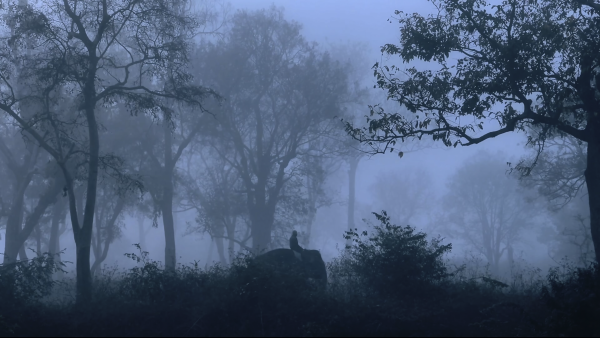
Behind the scenes of a wildlife documentary
How can wildlife documentaries contribute to nature conservation?
Storytelling is at the heart of human existence. Stories not only captivate our imaginations, but also bring us much closer to one another on an emotional and physical level. They also increase our level of empathy towards others. In my stories, I focus on the connection between humans and nature. I feel that by presenting facts within stories, communicators can tap into the empathetic parts of our brains while information can be processed in a much more personal way. The engagement increases and the emotions are roused. The personal connection to the subject tends to contribute towards amuch deeper understanding of a specific species resulting in the want to be a wildlife protector.
(photo credit: Netflix A still from 'The Elephant Whisperers')

O
Kartiki Gonsalves
Pochodząca z Indii Kartiki Gonsalves jest reżyserką, twórczynią filmów dokumentalnych, fotografką i uczestniczką programu Sony Artisan of Imagery. Podróżując po świecie, utrwala różnorodność kultur i plemion oraz piękno świata przyrody i różnorodność biologiczną w ich otoczeniu. Skupia się na upowszechnianiu wiedzy na temat problemów dotyczących środowiska naturalnego, zwiększaniu poczucia odpowiedzialności za nie oraz prezentowaniu różnych dostępnych rozwiązań, przedstawiając jednocześnie napawające nadzieją historie udanych działań na polu ochrony przyrody. Jej ekologiczna filozofia opiera się na założeniu, że ludzka empatia wykracza poza różnorodność i łączy nas wszystkich wokół kwestii ochrony przyrody. W swoich filmach Kartiki stara się także oddawać głos kobietom i przedstawicielom rdzennych plemion, zwłaszcza tym, którzy działają na rzecz ochrony naszej planety. Pod koniec 2018 roku założyła Earth Spectrum, aby wykorzystując swoją pasję do przygód, prezentować nowe punkty widzenia i przyczyniać się do lepszego zrozumienia kwestii środowiskowych i humanitarnych.
Mieszkająca wśród pięknych wzgórz Nilgiri w południowych Indiach Kartiki pracuje obecnie nad filmem dokumentalnym o osieroconych słoniach.
Aby uzyskać więcej informacji na temat jej fascynujących przygód,
odwiedź jej profil na Instagramie i jej stronę internetową: @kartikigonsalves; kartikigonsalves.comearthspectrum.org
